Since Windows 8, Microsoft has included System recovery option to recover windows from installation media like USB drive or disc drive. Windows 8, 8.1 and latest Windows 10 have recovery media creation tool that lets you create a USB recovery drive image. This image then, can be used to re-install the windows from advanced boot options menu. Your personal files, user accounts, settings, and apps that did not come with the computer are removed by performing this step. Make sure you back up all your important files on an external storage device before continuing. Do not use this option if you have important files on the hard drive that are not backed up.
You might want to seek a professional data recovery service to restore your files. Also, make sure you have any product keys or other identification required for apps you want to reinstall. Once you have created a recovery disk before disaster strikes, you can boot into your Windows 10 and troubleshoot or repair from advanced startup options.
In other words, creating a recovery drive allows you to boot from the USB drive and access the advanced startup options in Windows 10. You can troubleshoot issues by booting with the recovery disk and even recover your system and reinstall Windows 10. Hence, it's recommended to create a recovery drive after installing a fresh Windows 10 operating system. Because the system recovery image is a factory-fresh version of the system , all your personal files and programs will be wiped out unless you have backed them up elsewhere. Now change the boot order to put the device you want to boot from first; this will be DVD or USB, depending on your installation media type.
Bootable USB flash drives are sometimes listed as hard disks. If this is the case you'll need to set 'hard disk' as the first boot option, then go into the hard disk boot order sub-menu and put your USB boot disk at the top of the list. Find and select the Save and Restart option or equivalent. Your PC should now boot into the Windows 10 setup program - you may see a message to 'press any key to boot from USB', so do so.
It's still not clear how to install Windows 10 from a recovery usb drive. I've easily installed Windows from Win ME to Windows 7, but this recovery deal has different directions everywhere. I was unable to make any kind of disk because when Windows 10 was forced on my computer, the resulting installation of Win 10 was a mess. I was able to create iso and usb drives from Microsoft but no real directions how to use. Lenovo did send me a usb drive says Win 10 recovery drive but also says includes all Lenovo software and drivers, etc.
When I asked Lenovo Tech support, I was told just put the usb drive into the computer and it will automatically download Windows 10. I needed a new drive so bought an SSD but it's been sitting forever. I don't know how on the t540p t0 change the BIOS to use the usb drive to start and getting no help from Lenovo or Microsoft. The system repair disc has been around since the Windows 7 days. It is a bootable CD/DVD that contains tools you can use to troubleshoot Windows when it won't start correctly. The system repair disc also gives you tools for restoring your PC from an image backup that you've created.
The recovery drive is new to Windows 8 and 10. It's a bootable USB drive that gives you access to the same troubleshooting tools as a system repair disc, but also allows you to reinstall Windows if it comes to that. To achieve this, the recovery drive actually copies the system files necessary for reinstallation from your current PC.
You would need a bootable USB drive to install or reinstall Windows 10 on your PC/laptop. The ideal method to create bootable media is using Windows Media Creation Tool. In this article, we've covered all the steps to install Windows 10 from USB drive.
If you're reinstalling Windows 10 on your system for any reason, we suggest you take a backup of your system first. However, if you forgot to take backup of your system data and reinstalled Windows 10, you can still get back your data using powerful data recovery software. System repair disc is actually the advanced boot options created and stored on the disc drive.
While recovery drive copies the files that are required to reinstall the windows. Recovery drive also contains advanced boot options. If your Windows 10 computer doesn't start, you can use a recovery drive to recover your PC or restore it from a system restore point.
The disk won't contain your system files or the recovery image, etc. Most of the time, you won't really need a recovery drive or system repair disc. If Windows fails to start normally twice in a row, it automatically boots from your recovery partition on the third restart, and then loads the advanced startup options. This gives you access to the same tools as a recovery drive would.
Like we said, though, both tools will let you access the advanced boot options and other recovery tools if you can't access them any other way. Also, know that the recovery drive backs up the system files necessary to reinstall Windows, but you should not consider it a back up. It does not back up your personal files or installed applications. So, be sure to keep your PC backed up, as well.
Yes – but after each machine is upgraded, will the clean install media created on one machine be useable on another machine that has also been upgraded ? It would be great to have the most current iso on media that could be used universally, i.e., across all my upgraded machines with hardware profile registered and activated. This is where the reset option comes in handy for purchased devices. It should, hopefully, return the system to a basic state. Note however you will lose all other important programs and will need to download them again.
You will also need to download drivers and software updates for all installed hardware. However, if you're okay spending a little extra time doing so, this step should work for you. A full, clean reinstall is different from the Reset your PC option in Windows 10 and 8, or a manufacturer's recovery partition or disk for Windows 7. Those built-in options will set your PC back to its factory-default state—which could include some vendor-installed junk you never wanted anyway. A clean install uses the generic Windows installation media that you can download from Microsoft, and it'll have just the OS, no other frills.
These are the three best methods for starting a clean installation of Windows 10 from a computer with Windows 10 installed already. These options come in handy if you don't happen to have any physical reinstall media such as a USB or DVD. Remember, you can also create a recovery drive in advancesince this can be helpful if your system reserve drive is damaged. Luckily, doing a clean installation of Windows 10 is pretty simple. You just need your Windows 7, Windows 8.1, or Windows 10 license and a USB flash drive or writable DVD.
Once the process is complete, close the Recovery Drive window and eject the USB storage. You can use this recovery media to troubleshoot Windows startup issues, access advanced boot options, and refresh and reset your PC in case of a system malfunction. You cannot repair install Windows 10 by booting from the Windows 10 setup DVD or Windows 10 setup USB.
Once that's done, you can follow the steps below to begin a Windows 10 repair install. The first step in a reinstall like this is to back up everything you've got. After you reset the system, your programs and data will be gone, and you will need to restore them to get back to normal. Alternatively, you can also use any 3rd party backup product that can perform a full system image backup, although that would only allow you to restore files, not programs.
The advanced recovery environment in Windows 10 is used to diagnose and fix issues with your Windows installation. This includes performing a clean Windows 10 install, too. There are several methods for loading the recovery environment. These methods work even if you don't have the original Windows 10 installation media you used for your first installation.
You can use the recovery partition built-in to Windows 10 to reinstall the operating system with these steps. If you're not fond of 3rd party solutions, the second-best option would be to use the built-in System Image backup tool. It can be accessed from All Control Panel Items → Backup and Restore.
Once a system image is created, also create a USB recovery drive with the "back up system files" option unchecked . In the event of a Windows crash, you can use the basic recovery drive to boot into Windows RE and then restore Windows using the previously created system image. If you don't have a boot override menu, you'll need to go into the BIOS or UEFI Setup program, which is where you change some of your computer's more low-level settings.
The right key to enter Setup varies from PC to PC, but is usually Delete, F2 or F10, and you'll need to press it almost immediately after you turn your PC on or restart it. If you look carefully, you may see the relevant key displayed onscreen as the computer turns on. Some more modern laptops, such as certain Lenovo models, have a special button to enter the Setup program, which you'll most likely find next to the power switch. Setup menus vary widely in look and layout, but all follow a similar logic, so if you look carefully you'll be able to find all the options we mention in this guide. The second option is that you're trying to install Windows from a USB flash drive or DVD, but you created the installation media without the proper permissions. To change that, download the Windows 10 Media Creation Tool and locate it on your hard disk.
Right-click it and select Run as Administrator. Follow the wizard through as before and re-create the installation media. You should now be able to install Windows 10. Windows begins writing the disc immediately. Unlike creating a recovery drive, burning a system repair disc only takes a few minutes because it's not also backup up system files to the disc. When it's done, it gives you a bit of advice about using the disc.
Note that the repair disc is tied to your version of Windows. If you have Windows bit installed, that's the kind of PC you can use the repair disc on. Click the "Close" button, and then click "OK" to close the "Create a system repair disc" window. Windows 8 and 10 let you to create a recovery drive or system repair disc that you can use to troubleshoot and restore your computer. Each type of recovery media gives you access to Windows' advanced startup options, but there are differences between the two options. Installing or reinstalling Windows 10 wipes the entire data from the partition on which it is installed.
This process formats the whole partition, deleting programs, drivers, software, leading to data loss situations. Therefore, it's always recommended to take a backup of your data. However, if you don't have any backup and have reinstalled Windows, don't worry! You can retrieve data even after reinstalling Windows using a Windows data recovery software, such as Stellar Data Recovery Professional.
This method is available when your PC cannot boot properly. It will use a tool to create installation media, which you can use to completely wipe the disk and install a fresh copy of Windows 10. If you don't want to use a CD or DVD, you can use a USB, SD card, or external hard drive.
This is a viable option if your computer can still boot properly. Windows 10 comes with a Reset This PC feature. This feature gives you the option of choosing whether you'd like to keep your files, or remove them before reinstalling the OS. You don't even have to download any files, Windows just initiates the setup without even employing the use of an installation media. Step4 – The new windows shows up on a screen. From here, you need to select "Back up system files to the recovery drive".
This option copies the necessary files required to reinstall the windows. Wait until the tool gathers all required file, it may take some time. Advanced boot options have an ability to recover the PC from known common problems that can come handy when your pc can't perform as expected. Although, advanced options can't re-install the windows and if such options won't able to recover your pc, then you have to use the option like Recovery drive.
USB recovery drive for windows 10 actually contains all advanced boot options and in addition to that, it contains all necessary files required to re-install the operating system. Recovery drives are USB drives you make that have Windows system files and tools installed on them. You need to create the recovery drive ahead of time, before the computer starts having problems.
If Windows cannot start up properly, you can plug in the recovery drive, boot the Surface Book from it and use the tools on it to restore or reset the system. When the PC boots from the recovery media, you'll see options for troubleshooting and repairing your PC. You can refresh and reset your PC or access advanced options to use system restore, recover from a system image, or automatically repair your computer. You can even get a command prompt that lets you fix problems by hand. If Windows can't bring up these tools automatically, that's when you'll need the recovery drive, system repair disc, or a Windows 8 or 10 installation disc. Insert the recovery media into your PC and start it up.
Your computer should boot from the recovery media automatically. If it doesn't, you may need to change the boot order of your drives. The above tutorial will teach you how to reinstall Windows 10 without losing data. However, when you can't access Windows normally, to recover data, reinstalling the Windows 10 is not the only choice. As a highly reliable tool, it can help you retrieve your inaccessible or lost content when the system is not functioning ideally or has been crashed. It supports Windows PE that can create a bootable drive and perform the recovery operation even in an adverse situation.


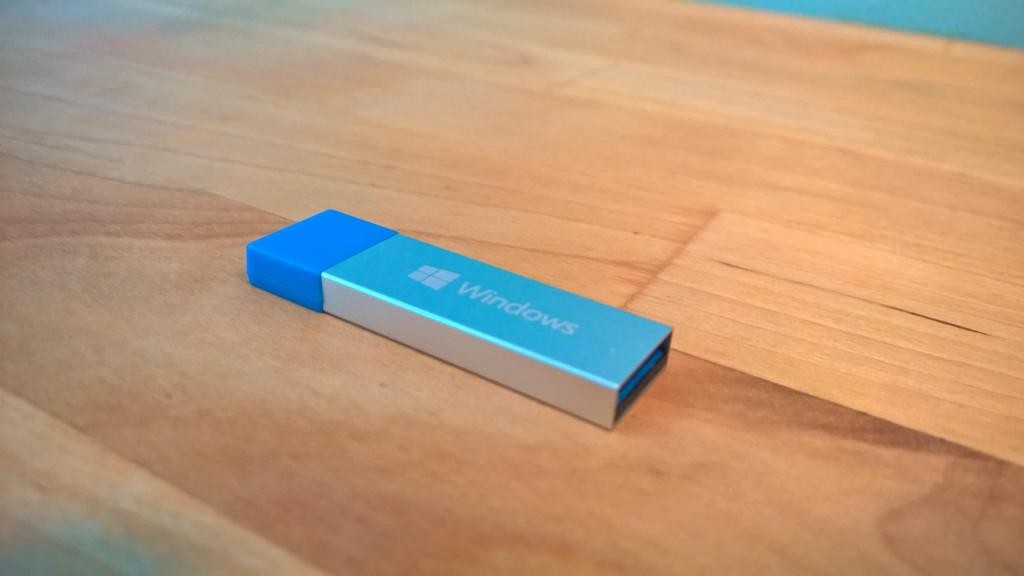
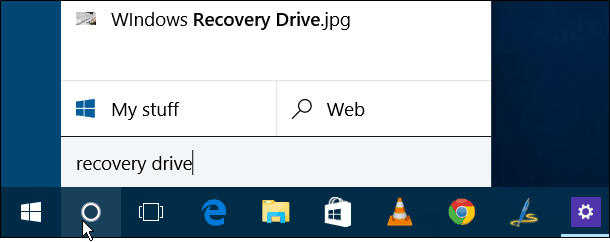
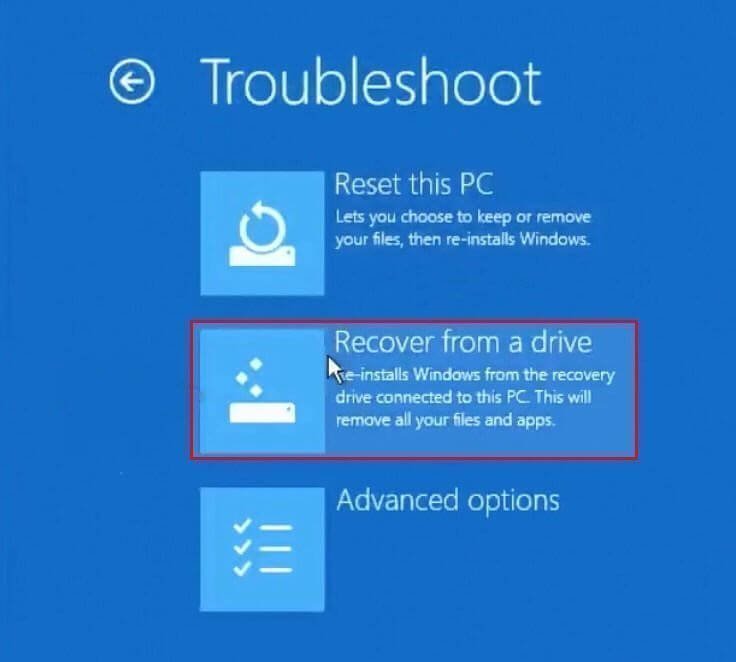
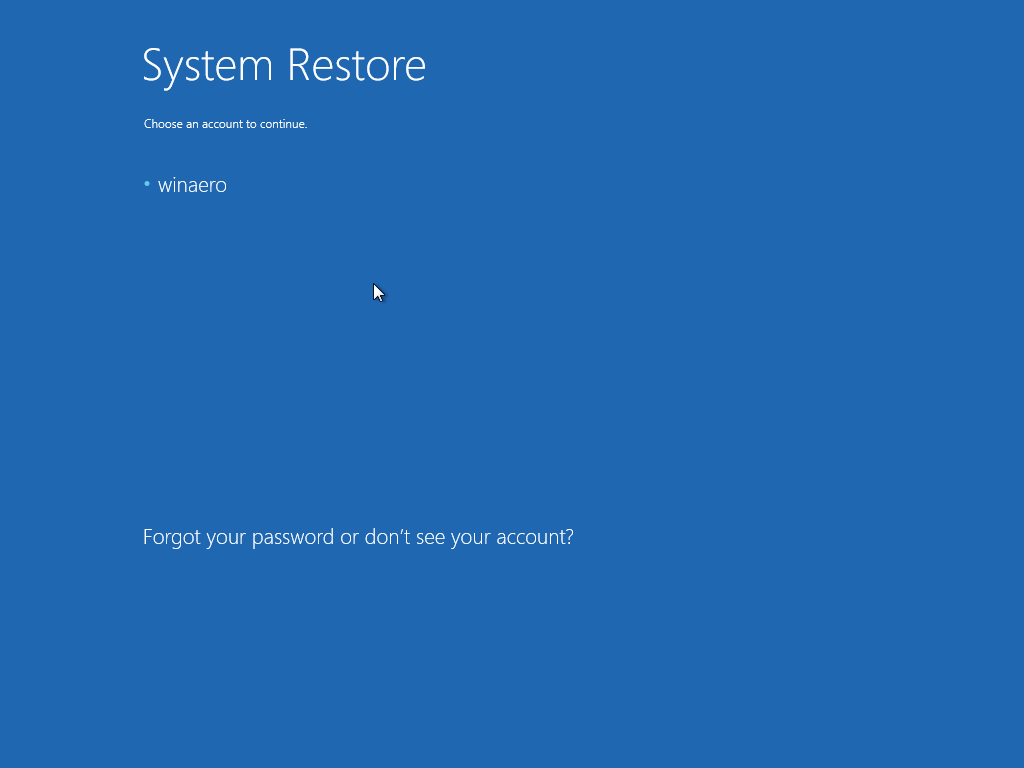


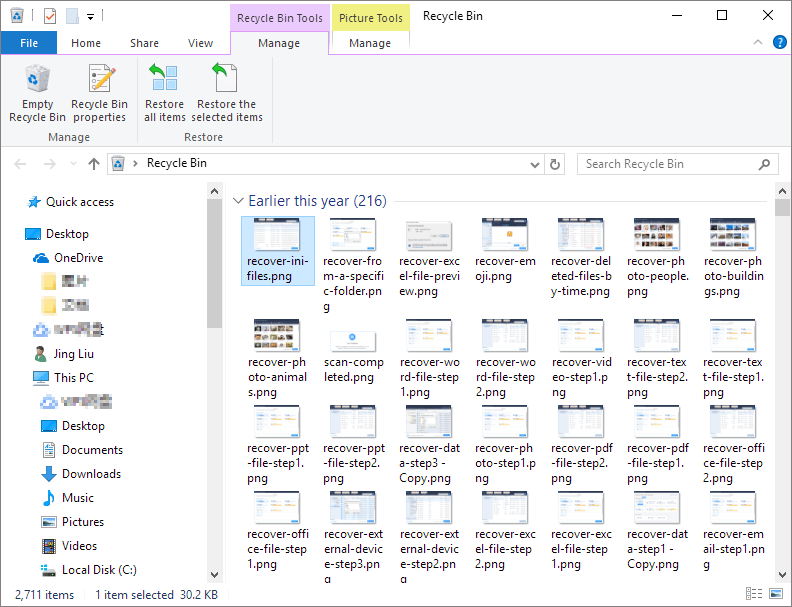


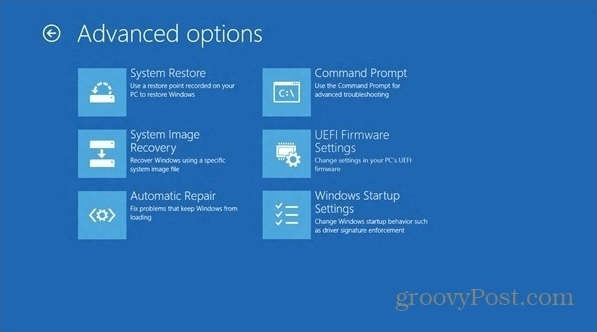

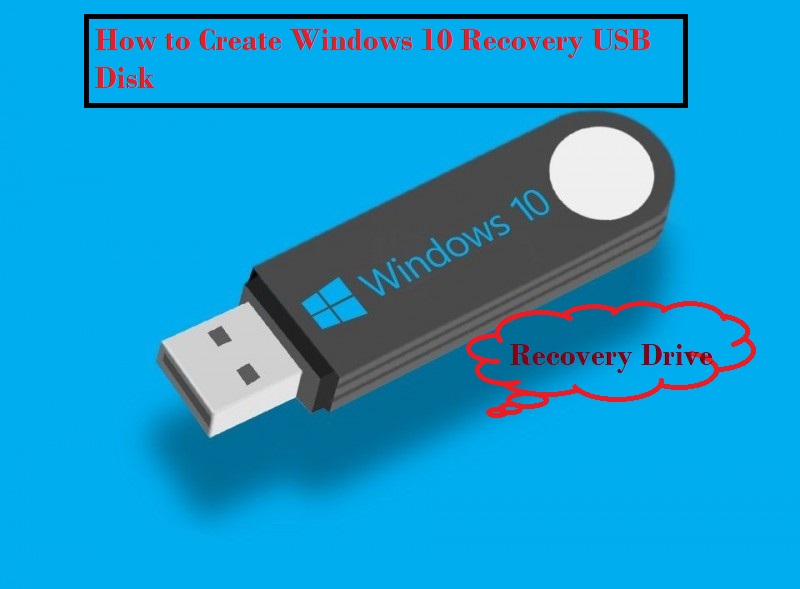












No comments:
Post a Comment
Note: Only a member of this blog may post a comment.